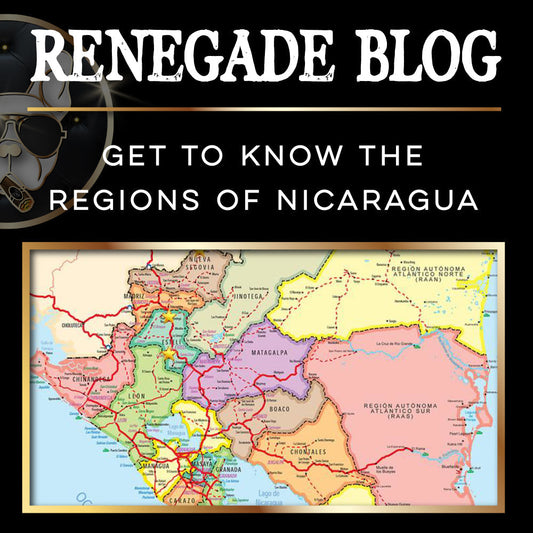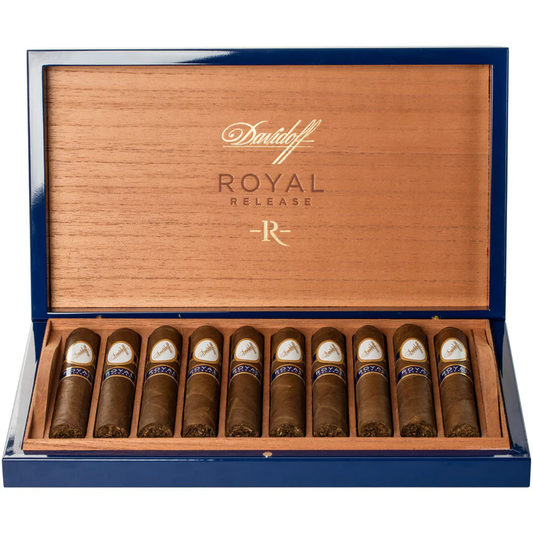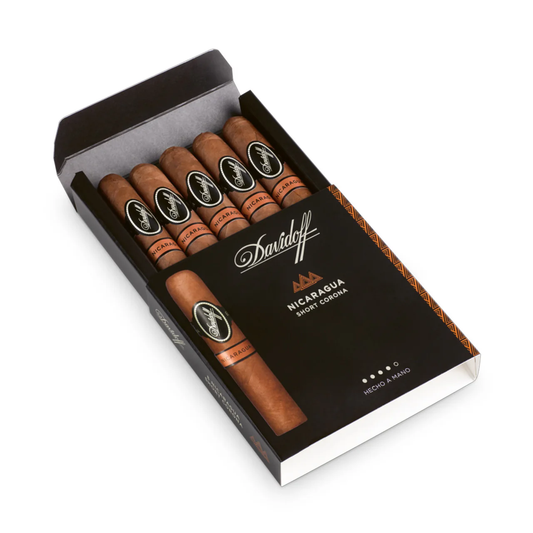Renegade Cigars Blog
Get To Know The Regions of Nicaragua

Growing tobacco is a lot like harvesting grapes for wine. There are significant variances in flavor based on the verity of seed and the region in which it was grown....
Growing tobacco is a lot like harvesting grapes for wine. There are significant variances in flavor based on the verity of seed and the region in which it was grown....
Cigar Term Glossary
Whether you're new to cigars or a seasoned aficionado, understanding these terms will deepen your appreciation of the craft and culture of cigars. Amatista A sealed glass jar, typically holding...
Whether you're new to cigars or a seasoned aficionado, understanding these terms will deepen your appreciation of the craft and culture of cigars. Amatista A sealed glass jar, typically holding...
What Are The Best Cigars in The World?

World-class cigars are a symbol of luxury and craftsmanship, revered by connoisseurs for their complex flavors and meticulous construction. These cigars are crafted from the best tobacco leaves, often sourced...
World-class cigars are a symbol of luxury and craftsmanship, revered by connoisseurs for their complex flavors and meticulous construction. These cigars are crafted from the best tobacco leaves, often sourced...
How to Store Cigars Without a Humidor

Storing cigars without a humidor can be challenging, as maintaining the ideal humidity and temperature is crucial for preserving their quality and flavor. While humidors are specifically designed for this...
Storing cigars without a humidor can be challenging, as maintaining the ideal humidity and temperature is crucial for preserving their quality and flavor. While humidors are specifically designed for this...
Are Cuban Cigars Legal?
Cuban cigars are still highly sought after around the world… Almost every day here in the shop we get asked if we have Cubans for sale. Few people understand why...
Cuban cigars are still highly sought after around the world… Almost every day here in the shop we get asked if we have Cubans for sale. Few people understand why...
Why cigars are going up in price in 2024
If you’ve been in a humidor lately, you’ve probably noticed that cigar prices (like everything else) are slightly higher. This is something we’ve discussed before, but today I’m taking the...
If you’ve been in a humidor lately, you’ve probably noticed that cigar prices (like everything else) are slightly higher. This is something we’ve discussed before, but today I’m taking the...
